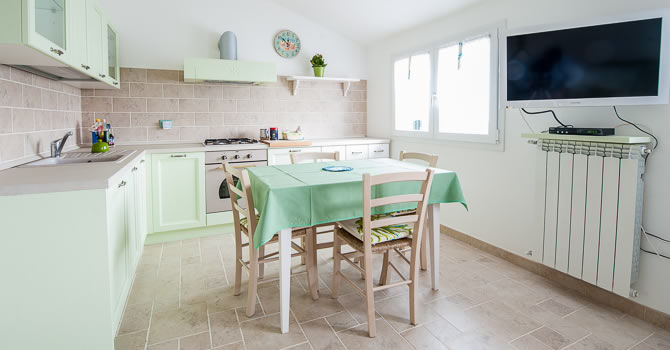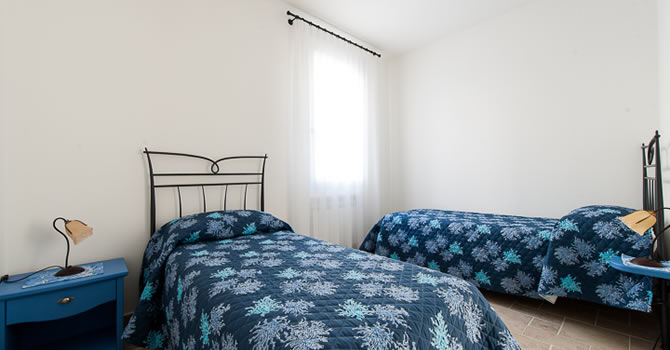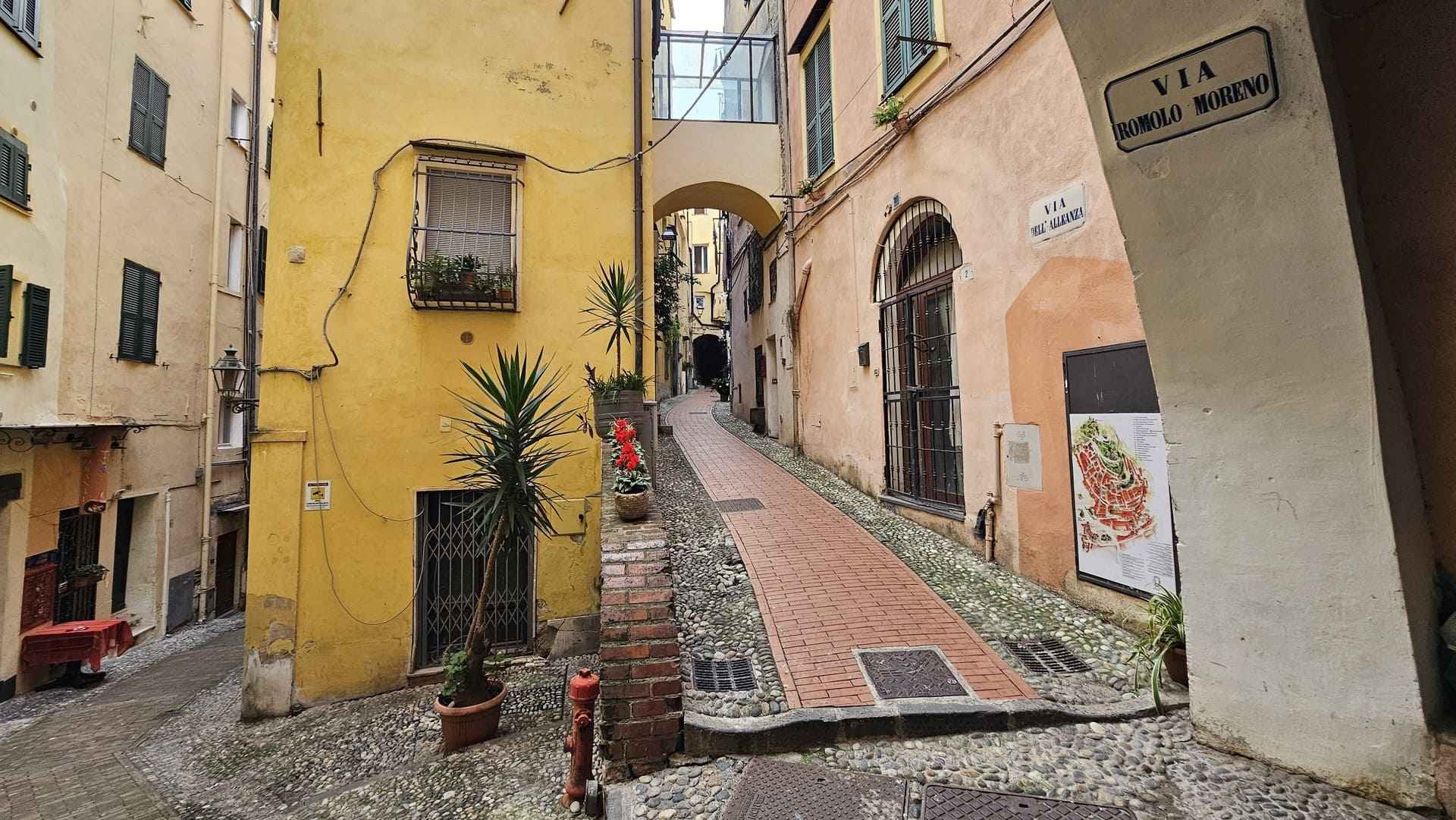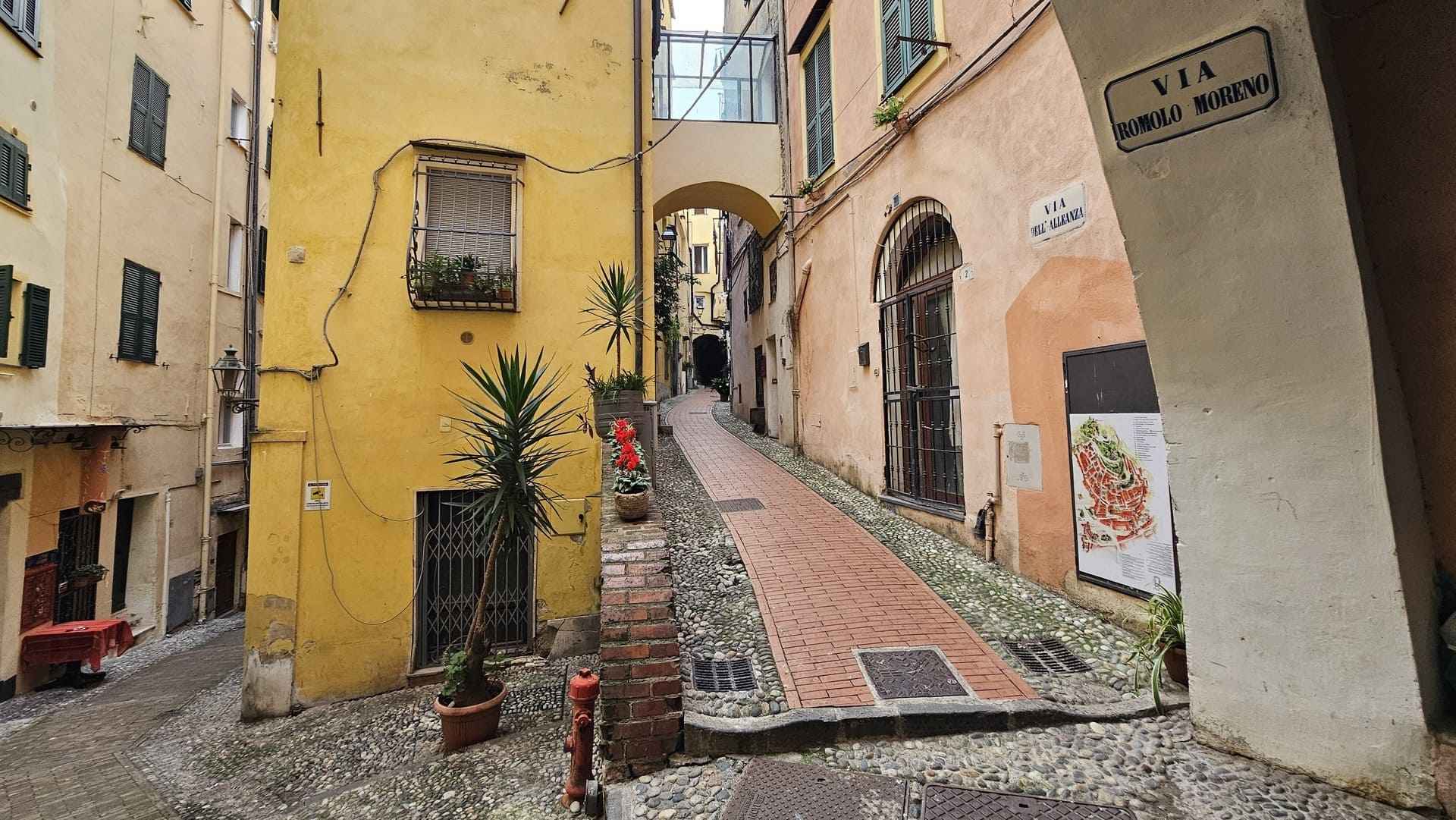
Agricultural production
Genoese Basil PDO: a Ligurian excellence
February 26, 2020
We have already told you about our love for basil and its cultivation at Le Girandole farmholidays.
Today we want to go into more detail about what distinguishes the product that makes us so proud: the Genoese Basil PDO.
This aromatic seedling with small scented leaves (traditionally grown in the Genoese district of Prà) is now one of the most recognized symbols of Liguria. But let's see together how to recognize and appreciate it at its best.
A brand to defend Genoese Basil
It might sound like a romantic fantasy, but it's really true: the scent of our land gives basil the properties that make it unique. Its link with the land therefore goes beyond a matter of tradition. Technical studies on the soil have in fact proved that the characteristics of the Ligurian coast play a fundamental role in giving aromas and special essences to our seedling. Pesto could only be born here, then!
For this reason the Protected Denomination of Origin was necessary. A guarantee of quality and traceability sanctioned by Mipaaf (Ministry of Agricultural, Food and Forestry Policies) and the Consortium of Protection. These authorities aim to protect and enhance the uniqueness of this product, defending consumers from possible fraud.

What distinguishes Genoese Basil PDO
In the production regulations of our precious seedling (precisely the species Ocimum Basilicum L., of native selections) we specify - among other things - its characteristics. These refer mainly to the shape of the plant and the leaves:
- plant of medium-high height
- density of intermediate foliage
- elliptical and bullous-shaped leaf
- flat or convex surface
- intense perfume
- no mint aroma
History and characteristics of Genoese Basil PDO
Three are the essential requirements that define Genoese Basil PDO:
- geographical delimitation
- sowing on natural soil
- traditional cultivation
Historically, basil was introduced to Liguria by the Romans, who attributed healing properties to the plant. From the area of Genoa its cultivation expanded throughout the maritime area of Liguria. The production area of Genoese Basil PDO is therefore limited to the Tyrrhenian side. Here must also take place the packaging, and all the operations that precede transport, so as to preserve the freshness of the basil, otherwise easily perishable.
What makes our plant special is a combination of environmental and anthropic elements.
The first element is to rely on a natural soil for the cultivation of basil. In fact, the specifications do not allow substrates, nor the use of methyl bromide for soil disinfection.
The anthropogenic elements, on the other hand, lie in the cultivation techniques adopted. These must follow traditional methods, which over the years have proven to contribute to the unmistakable taste of Genoese Basil PDO.
Greenhouse and open field cultivation
Genoese Basil PDO can be grown in a protected environment (in greenhouses) or in open fields. In the first case - which is also the case of our farm - the cultivation is for the fresh market and takes place throughout the year.
This type of production, however, is permitted provided that continuous ventilation is guaranteed, so as to reciprocate the total volume of air. The specification specifies that this must take place at least twice from sunset to sunrise, and 20 times from sunrise to sunset.
These conditions, which seek to reproduce the natural ventilation process, exclude 'insect-proof' greenhouses, as they would not be able to guarantee the same air exchange.
Genoese Basil PDO destined for industrial processing, on the other hand, is grown in open fields, on large areas and in the middle of summer, precisely because it has to satisfy a wide demand. Sowing is carried out mechanically at a density of 2-3 grams per square metre (unlike 10 grams per square metre in a greenhouse), as is mechanical irrigation.
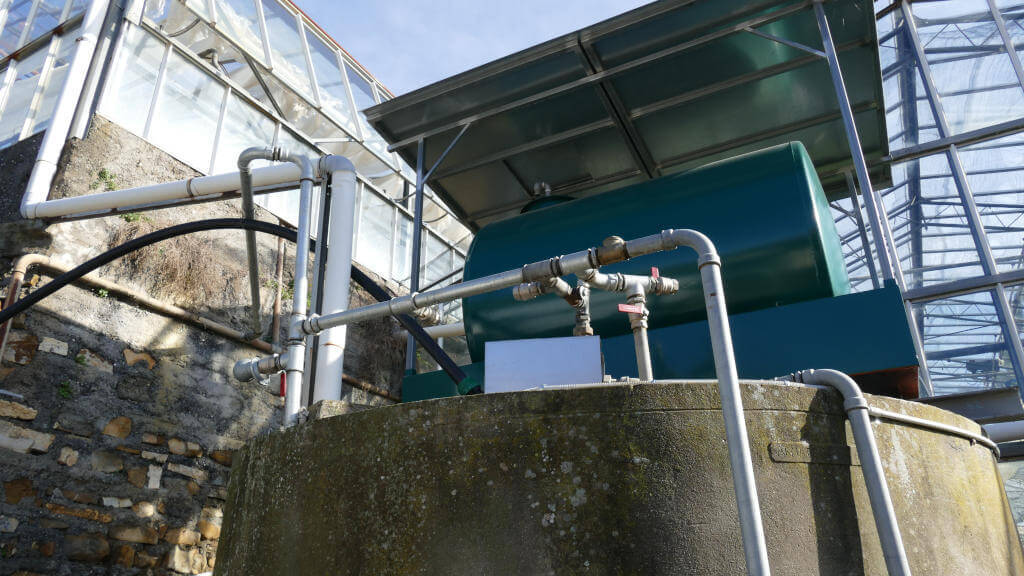
Harvest and packaging
The basil is harvested by hand by eradicating the roots. The seedlings are then packed according to a precise procedure. There are two types of bunches:
1) the bunch: consisting of 3 to 10 whole plants complete with roots
2) the large bouquet: said bouquet, composed of 10 bunches
What matters is not the weight but the quantity of the seedlings. They are then wrapped in food-specific paper to prevent premature dehydration. These packages must bear the brand name: Basilico Genovese DoP, so that the product is immediately recognisable.

Genoese Basil PDO logo
The logo of our basil is formed by a green circle with the following inscription (blue on a white background): Basil Genoese PDO.
In the middle of this circle we find the acronym D.O.P. (blue on yellow background). Further down through the circle, partially coming out from the edge, the stylized figure of Liguria (blue on white background). The logo ends with a small basil plant.
The colours adopted are obviously not random and refer to precise elements.
These are:
1) Yellow: the colour of the sun, the source of life for the basil and any cultivation
2) Blue: symbolizes the production area, i.e. Liguria washed by the sea.
3) Green: the colour of basil
As you can imagine, growing Genoese PDO Basil is a complex job, which involves many sacrifices. For us, it's more beautiful than ever. And we will not stop carrying on this production with pride, with the same passion as always.
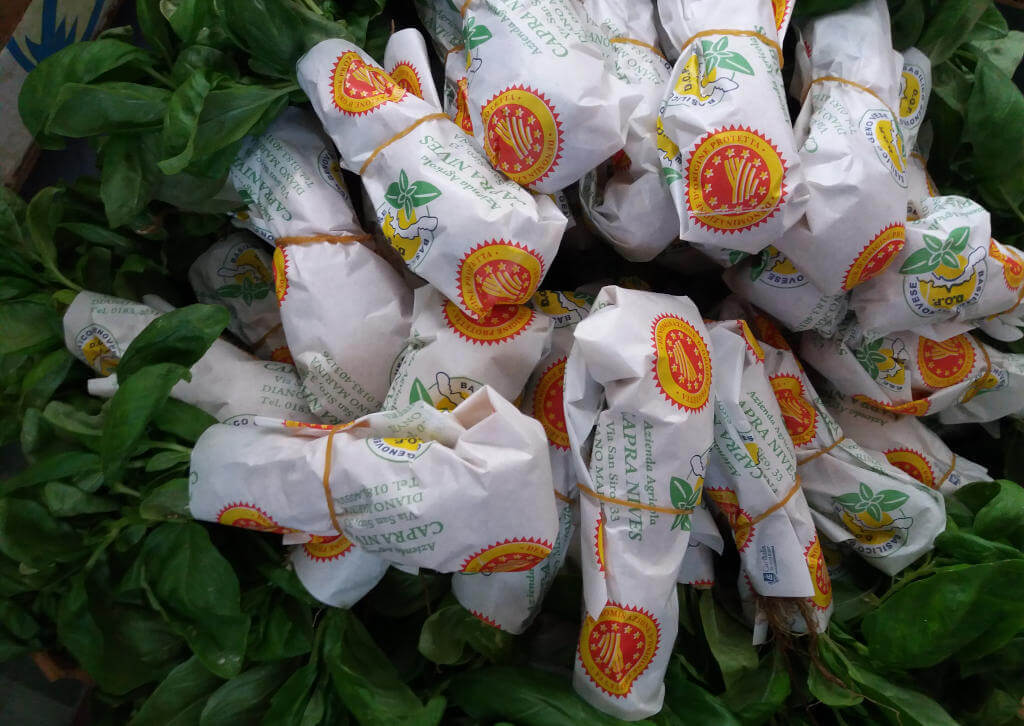
Listen to all podcasts published on our official channels:
